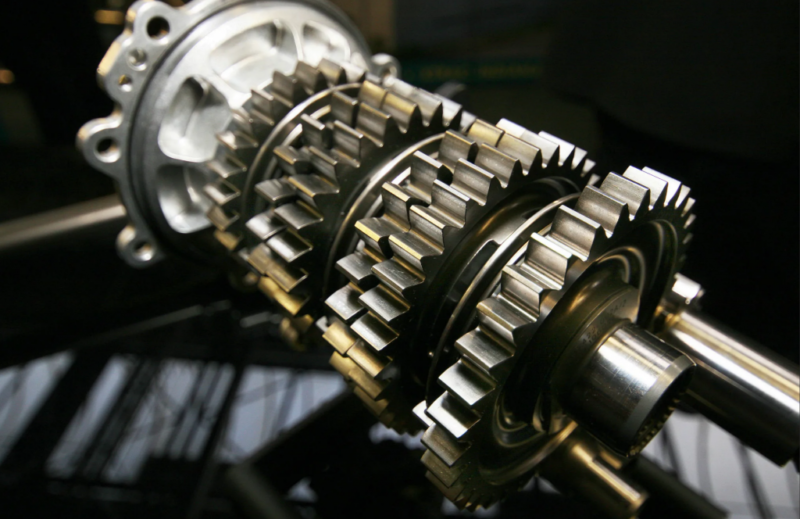2004 Mazda MPV Transmission Problems
If you own a 2004 Mazda MPV, you may have experienced transmission problems at some point. These issues can be frustrating and costly to repair, but it’s important to address them promptly to avoid further damage to your vehicle. In this article, we will discuss common transmission problems in the 2004 Mazda MPV, symptoms and signs to look out for, consequences of ignoring these issues, and the repair costs associated with fixing them.
Common Problems
Some of the most common transmission problems in the 2004 Mazda MPV include:
- Transmission slipping
- Difficulty shifting gears
- Transmission fluid leaks
- Transmission overheating
- Strange noises coming from the transmission
Symptoms and Signs

If you are experiencing transmission problems in your 2004 Mazda MPV, you may notice the following symptoms:
- Delayed engagement when shifting gears
- Jerking or shaking when accelerating
- Burning smell coming from the transmission
- Dashboard warning lights related to the transmission
- Transmission fluid puddles under the vehicle
Consequences
Ignoring transmission problems in your 2004 Mazda MPV can lead to serious consequences, including:
- Complete transmission failure
- Damage to other components of the vehicle
- Costly repairs or replacement of the transmission
- Safety hazards on the road
Repair Cost
The cost of repairing transmission problems in a 2004 Mazda MPV can vary depending on the extent of the damage and the specific repairs needed. On average, you can expect to pay anywhere from $1,500 to $3,500 for transmission repairs in this vehicle. However, the cost could be higher if major components need to be replaced.
| Transmission Problem | Repair Cost |
|---|---|
| Transmission slipping | $1,500 – $2,500 |
| Transmission fluid leaks | $500 – $1,000 |
| Complete transmission replacement | $3,000 – $5,000 |
It’s important to address transmission problems in your 2004 Mazda MPV as soon as possible to avoid further damage and costly repairs. If you notice any of the symptoms mentioned above, be sure to take your vehicle to a qualified mechanic for a thorough inspection and repair.
